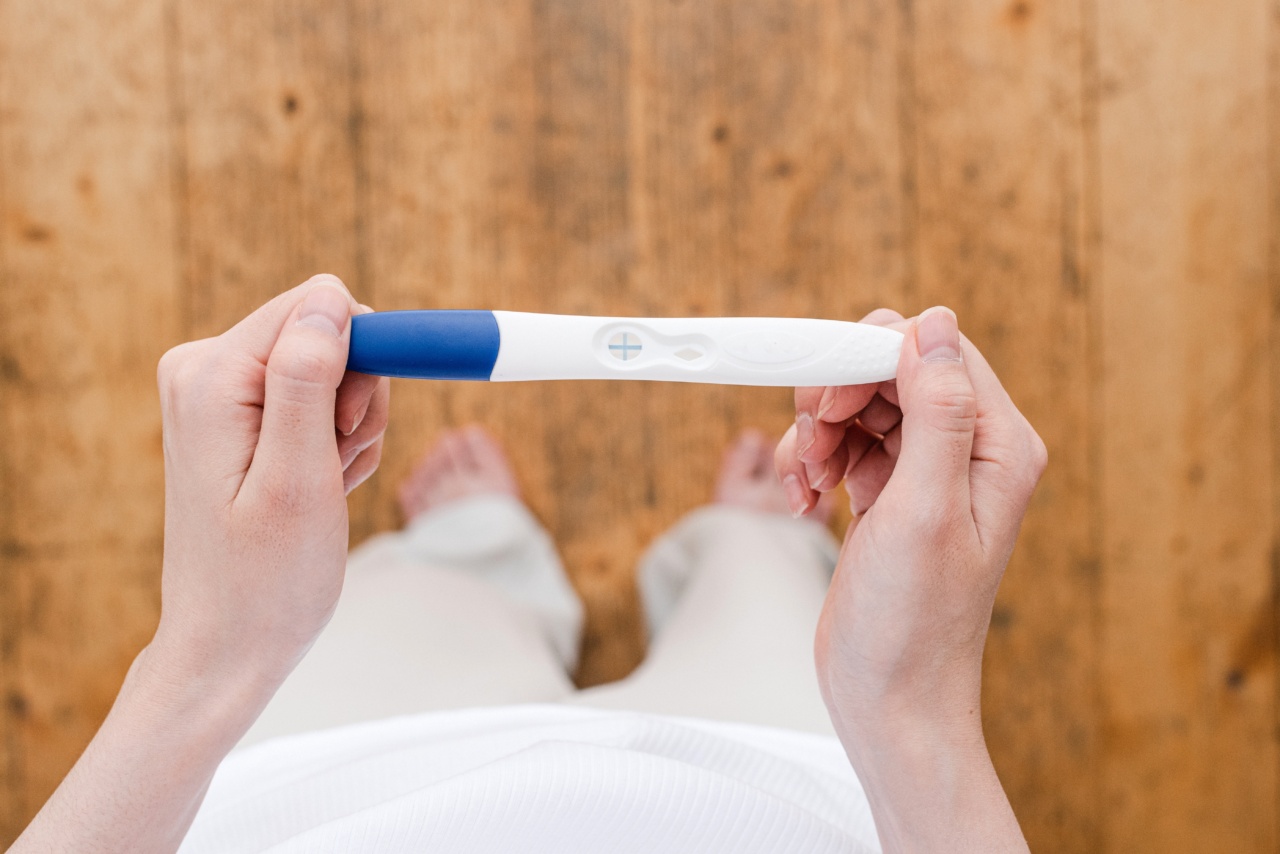Prenatal testing has become an integral part of prenatal care for expectant mothers, allowing doctors to screen for a range of genetic disorders and anomalies.
Among the various conditions that can be detected through prenatal testing, autism is a topic of significant interest and concern for many parents. Autism Spectrum Disorder (ASD) is a developmental disorder that affects communication, social interaction, and behavior, and early detection can facilitate early intervention and support for affected individuals.
However, the reliability of prenatal tests for autism has been a subject of debate and scrutiny. In this article, we will explore the various prenatal tests available for autism and evaluate their reliability.
The Current Landscape
At present, there is no definitive prenatal test that can accurately diagnose autism.
Unlike certain genetic conditions, such as Down syndrome, which can be detected through non-invasive prenatal testing (NIPT) or other diagnostic techniques, autism is not caused by a specific genetic mutation or abnormality. Instead, it is believed to be the result of a complex interplay of genetic and environmental factors.
Genetic Markers and Prenatal Testing
Scientists have made significant progress in identifying potential genetic markers that may be associated with an increased risk of autism.
Various genetic variants, including single nucleotide polymorphisms (SNPs), have been identified through genome-wide association studies (GWAS) as potential markers. However, these markers are far from being definitive diagnostic tools for prenatal testing for autism.
Challenges and Limitations
One major challenge in developing reliable prenatal tests for autism is the fact that it is a complex, polygenic disorder.
Unlike chromosomal abnormalities or single-gene disorders, autism involves the interaction of numerous genes, each contributing a small effect. This makes it challenging to identify specific genetic variants that can reliably predict the risk of autism.
Non-Invasive Prenatal Testing (NIPT)
Non-invasive prenatal testing (NIPT) has revolutionized prenatal care by allowing expectant mothers to screen for certain chromosomal abnormalities, such as Down syndrome, with a simple blood test.
NIPT analyzes cell-free fetal DNA present in the mother’s blood to detect any genetic imbalances or anomalies. However, NIPT is not designed to screen for autism specifically.
Emerging Techniques and Biomarkers
Researchers are actively exploring new methods and techniques to develop prenatal tests specifically targeting autism. One area of investigation involves analyzing other biomarkers besides genetic markers.
For instance, researchers are exploring the possibility of detecting certain proteins or metabolites in maternal blood that could serve as potential indicators of autism risk. However, these approaches are still in the early stages of development and require further validation.
Environmental Factors and Prenatal Testing
It is widely accepted that environmental factors play a significant role in the development of autism. These factors include prenatal exposures to certain toxins, infections, or maternal health conditions.
However, the complexity and diversity of these environmental factors make it difficult to incorporate them into prenatal tests for autism. Additionally, environmental factors are often difficult to measure accurately, further complicating the reliability of such tests.
Ethical Considerations and Counseling
As prenatal testing for autism continues to evolve, ethical considerations and counseling play a crucial role.
It is important for healthcare providers to offer clear and accurate information about the limitations and uncertainties associated with prenatal testing for autism. Genetic counselors can provide support and guidance to expectant parents, helping them navigate the complexities of prenatal testing decisions and potential outcomes.
Optimizing Early Detection and Intervention
While prenatal testing for autism is not yet fully reliable, there are other avenues to optimize early detection and intervention.
Monitoring fetal development regularly, tracking developmental milestones, and conducting comprehensive pediatric examinations can help identify potential developmental delays that may warrant further evaluation.
Conclusion
In conclusion, reliable prenatal tests specifically designed for the accurate diagnosis of autism are yet to be developed.
The complex nature of autism, involving multiple genetic and environmental factors, contributes to the challenges faced in creating such tests. While researchers continue to make advancements in understanding the genetic and environmental components of autism, it is crucial to approach prenatal testing for autism with caution and awareness of its current limitations.
Genetic counseling and routine monitoring during pregnancy remain important tools in optimizing early detection and intervention for autism spectrum disorders.





























